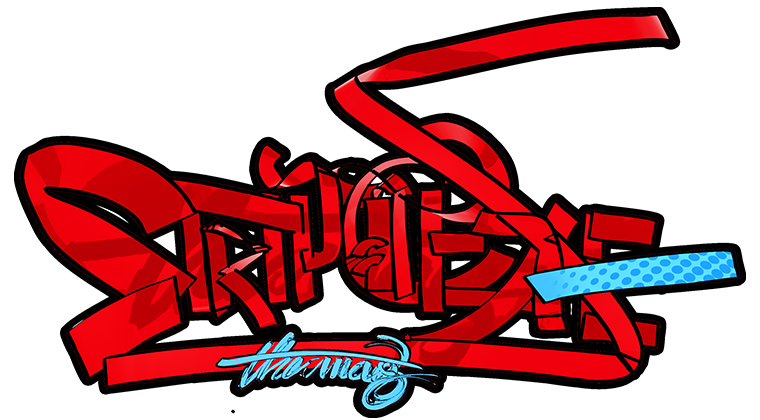Spotlight on Shamik
Here are some excerpts from our exclusive interview with Shamik Dasgupta
ST: As a writer, do you think India’s need to adapt mythology to a graphic form is hampering the growth of the comic industry of the country?
SD: I have been asked this question so many times that people think of me as the torchbearer against quasi mythological content that has flooded the market. The fact is I find it amusing because my career began with the sci-fi retelling of the world’s oldest epic Ramayan. So far it remains my most important and well received work. The problem is not with Mythology, but the way certain creators and companies are making it redundant and using it for instant recognition and a quick buck. Yes, India as a country is rich with stories and remaking those stories has been a well trodden path. My earnest request is to take a detour and find new stories to develop which correspond to today’s youth. We as a race is stuck up with our past.
ST: What is the best thing about being a writer for comics and graphic novels and why?
SD: Immense, if not complete creative gratification. You can make your story and see it happen visually. The other two medium which promises that are Animation and Films. Both are extremely expensive undertakings and requires huge enterprise. Comics or Graphic Novels on the other hand conveys that in the cheapest and most effective way otherwise, and it takes a whole lot less time to make.
ST: What is the worst thing about it and why?
SD: For India, I would say the worst thing is the disorganized structure of the industry. A lot of people are coming in with big dreams and very little organizational expertise. That leads to an irregular workflow and a fractured income for the specialists (writers, artists designers etc). Moreover, each company, fledgling, new or established; work from their own private shell rather than joining hands and developing the market. This industry needs a holistic approach to succeed and establish itself to be called an ‘industry’ in the first place. Otherwise this will remain as isolated attempts scattered throughout the country.
ST: What are your thoughts about plagiarism? Have you ever faced situations where your works/thoughts have been plagiarized?
SD: Yes I have seen that very recently indeed, where an artist directly picked up some of my ideas previously published in a comic in 2012. My earnest request, we are very new in this game and there’s a lot of uncharted territories, there’s no dearth of new ideas or visuals. Explore them and come up with your own thing. Use that vast elbow room.
ST: A lot of people claim that there can be nothing as “bad comics” do you agree or disagree? And why?
SD: I agree to a certain degree. Comics primarily is a very personal medium of expression, it’s not mass market like film or tv. You are free to express, some people might like it, some won’t. It is too dictatorial to bracket something as ‘bad’.
ST: Most graphic novels published in this country never see international markets. How do you feel about that?
SD: How many novels in this country see international market, how many films? Though Bollywood touts itself going international it is basically a joke. The fact remains we haven’t been able to touch global market the way American Comics or Japanese Manga or Hollywood or Asian Kung-Fu has done. We are still trying in every aspect to break that jinx.
ST: What three graphic novels would you recommend to enthusiasts?
SD: ‘The Pride of Baghdad’, ‘The Ultimates’ and ‘Sandman’ the entire series.


